Athiefwaitsinthedarkness.HiseyesscantheNicaraguanbeach.Soon,hespotswhatheislookingfor:Aseaturtledigginganest.Shebeginstolayhereggsinthenest.Shefallsintoatrance.Shedoesn’tnoticethe thief.
Thethiefreachesintothenestandpullsouttheeggs,onebyone.Theturtlemotherlaysherlasteggandusesherbackflipperstocoverit.Shedoesnotknowthatthenestisnowempty.Thethiefhastakeneverylast egg.
CARIBBEAN
SEA
PACIFIC
OCEAN
Honduras
Nicaragua
Costa Rica
Chacocente
La Flor
Beaches whereseaturtles nest
Oliveridley turtlescometothesebeachesbythethousandstolaytheireggsduringarribadas.Arribadameans "arrival"in Spanish.
Struggle
forSurvival
Seaturtleshavelivedinouroceansformillionsofyears.Butnowtheyareanendangeredspecies. Asfewasonein10,000babyseaturtleswillsurvivetoadulthood.Theyfacemany threats.
Aftertheyhatch,theymustcrawltotheocean.Butbirdsandotheranimalstrytoeatthem.Ifthebabiesmakeittotheocean,theyfacepredatorsinthewater.Somedieinfishingnets.Otherseatplastic trash.
Today,allbutoneoftheworld’ssevenseaturtlespeciesareintrouble.OfthefourspeciesthatcometoNicaraguatolaytheireggs,twoare“criticallyendangered.”Theyarethehawksbillandleatherbackturtles.Greenseaturtlesare“endangered.”Oliveridleyseaturtlesare “vulnerable.”
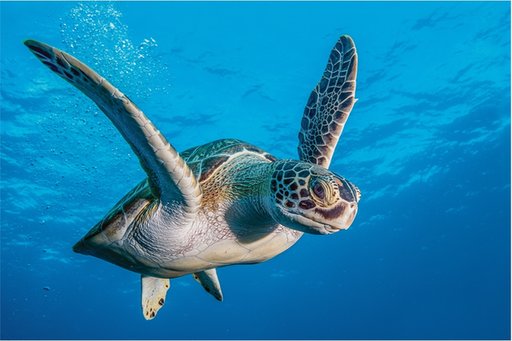
Greenseaturtlesareanendangered species.
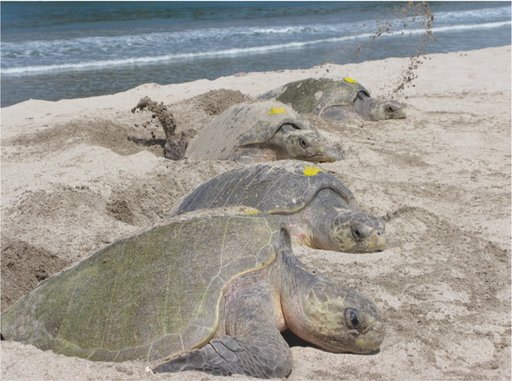
Somefemaleoliveridleyseaturtlesnestin groups.
Thegreatestthreatseaturtlesfaceispeople.Peopleinsomecultureseatseaturtleeggs.InCentralAmerica,poachers destroymorethan90percentofthenestsonunguardedbeaches.Theeggsaresmuggledintocitiestobe eaten.
Itonlytakesonepoachertocausealotofdamage.Astretchofcoastlinemayhaveonlyafewfemaleturtles.Ifonepersonrobbedeverynest,thatpersoncouldthreatenanentire species.
Thedemandfortheeggsishigh.Asingleeggcanbesoldforasmuchas$300.Littleisknownabouttheroutespoachersuse.So,poachersarehardtocatch.Riskstotheeggsseemedunbeatable.Untilonescientisthadan idea.

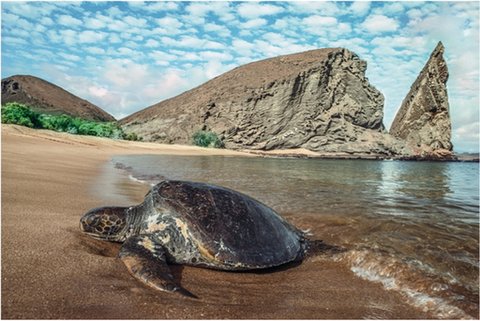
1
Afemaleseaturtlecomesontoa beach.
2
Shedigswithherflippersandcreatesashallow nest.
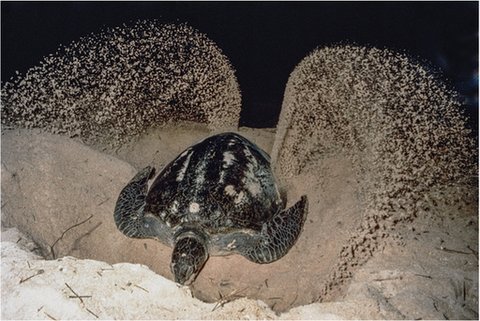
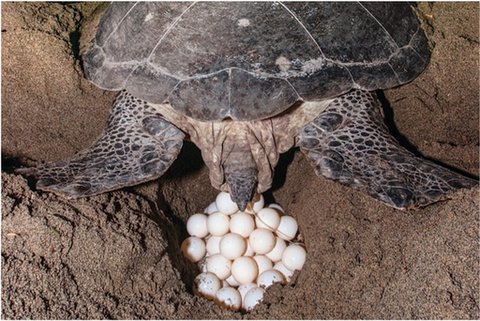
3
Themotherturtlelaysasmanyas120eggsinthe nest.
4
Shecoversthenestwithsandandreturnstothe sea.

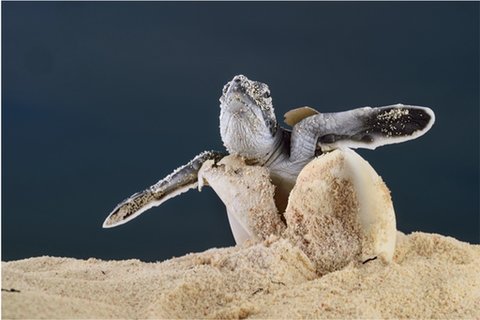
5
Afterseveralweeks,thehatchlingsbreakthroughtheir shells.
6
Theyoungturtlesmaketheirwayacrossthe beachtoreachthe ocean.
